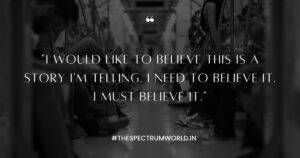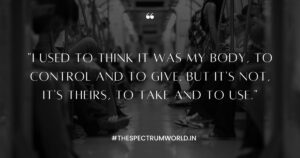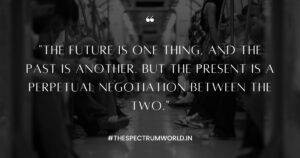The Handmaid’s Tale: A Classic Review
A Haunting and Timely Dystopian Classic: A Review of “The Handmaid’s Tale” by Margaret Atwood
In “The Handmaid’s Tale”, Margaret Atwood crafts a haunting and thought-provoking dystopian novel that explores a chillingly plausible future where women’s bodies are controlled by a totalitarian patriarchal regime. First published in 1985, this classic novel remains eerily relevant today, serving as a powerful warning about the dangers of patriarchal fundamentalism, oppression, and the erosion of human rights.

Table of Contents
A Gripping Narrative
The story follows Offred, a Handmaid forced into reproductive servitude in the Republic of Gilead, a totalitarian society that has overthrown the United States government. Through Offred’s narrative, Atwood masterfully weaves together themes of resistance, survival, and hope, creating a gripping and emotional reading experience.

A Scathing Critique of Patriarchy
Atwood’s novel is a scathing critique of patriarchal societies that seek to control women’s bodies, suppress their agency, and erase their identities. The Handmaids, with their distinctive red robes and white bonnets, have become an iconic symbol of resistance against oppressive regimes. It is an effort to show the brutality of patriarchal regime in a dystopian society,
A Warning and a Call to Action
“The Handmaid’s Tale” is both a warning and a call to action, urging readers to recognize the dangers of complacency and the importance of protecting human rights, particularly those of women and marginalized communities. As Atwood herself noted, “The Handmaid’s Tale is not a prediction, but a warning.”
A Timeless Masterpiece
This novel is a timeless masterpiece that deserves to be widely read and discussed. Its themes of resistance, survival, and hope continue to resonate with readers today, making it a vital addition to any bookshelf.

Interesting quotes from “The Handmaid’s Tale”:
- “We were the people who were not in the papers. We lived in the blank white spaces at the edges of print. It gave us more freedom. We lived in the gaps between the stories.”
- “The future is one thing, and the past is another. But the present is a perpetual negotiation between the two.”
- “I used to think it was my body, to control and to give. But it’s not, it’s theirs, to take and to use.”
- “There’s more than one kind of freedom, said Aunt Lydia. Freedom to and freedom from. In the days of anarchy, it was freedom to. Now you are being given freedom from.”
- “Nolite te bastardes carborundorum. Don’t let the bastards grind you down.”
- “We are all vulnerable, and we will all at some point in our lives, be powerless. But we can still choose to resist.”
- “The moment of betrayal is the worst, the moment when you know beyond any doubt that you’ve been betrayed: that some other human being has wished you that much evil.”
- “But remember that forgiveness too is a power. To beg for it is a power, and to withhold or bestow it is a power, perhaps the greatest.”
- “I would like to believe this is a story I’m telling. I need to believe it. I must believe it.”
- “In the end, it’s not the men who will decide, but the women. We are the ones who will choose, who will decide, who will act.”
These quotes capture some of the novel’s powerful themes, including resistance, survival, hope, and the struggle for women’s rights and autonomy.

Rating: 5/5 stars
Recommendation: “The Handmaid’s Tale” is a must-read for anyone interested in dystopian fiction, feminism, and political commentary. However, please note that the novel contains mature themes, graphic content, and triggering material.
Read more: The Forty Rules of Love: A Review







One thought on “The Handmaid’s Tale: A Classic Review”